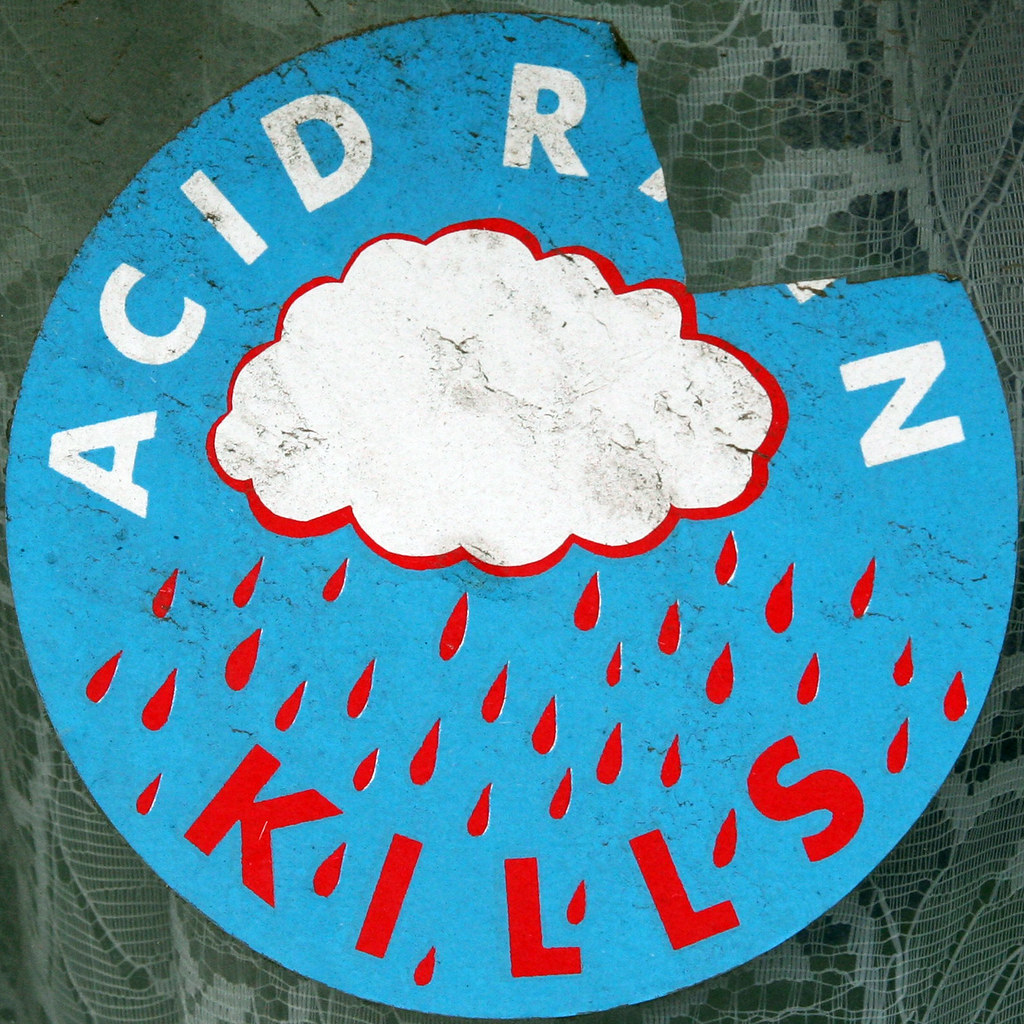Acid Rain
Acid Rain:
Acid rain is a type of environmental pollution that occurs when acidic compounds such as sulfur dioxide (SO2) and nitrogen oxides (NOx) are released into the atmosphere and react with water, oxygen, and other chemicals to form acidic precipitation. Acid rain can have devastating effects on the environment, including damage to plants, animals, and buildings, as well as the deterioration of natural resources such as soil and water.
The Causes of Acid Rain
Acid rain is caused by the release of sulfur dioxide and nitrogen oxides into the atmosphere from both natural and man-made sources. Natural sources of these compounds include volcanic eruptions and lightning strikes, while man-made sources include the burning of fossil fuels such as coal, oil, and gas in power plants, factories, and vehicles.
When sulfur dioxide and nitrogen oxides are released into the atmosphere, they can react with water, oxygen, and other chemicals to form acidic compounds such as sulfuric acid and nitric acid. These acidic compounds can then be carried by winds and precipitation to distant regions, where they can cause damage to the environment.
The Effects of Acid Rain
Acid rain can have a variety of negative effects on the environment. One of the most significant effects is damage to plants and trees. Acid rain can leach nutrients from the soil, making it more difficult for plants to grow and develop. It can also damage the leaves and needles of trees, making them more susceptible to disease and insect infestation.
In addition to damaging plants, acid rain can also have a significant impact on aquatic environments. Acid rain can make lakes and streams more acidic, which can be harmful to fish and other aquatic life. It can also cause the release of toxic metals such as aluminum, which can be harmful to aquatic organisms.
Acid rain can also damage buildings and infrastructure. Acid rain can corrode metal and stone, causing buildings and bridges to deteriorate more quickly. This can be particularly problematic in urban areas, where buildings and infrastructure are often made of materials that are vulnerable to acid rain.
Preventing Acid Rain
Preventing acid rain requires a multifaceted approach that addresses both natural and man-made sources of sulfur dioxide and nitrogen oxides. One approach is to reduce the amount of fossil fuels burned in power plants, factories, and vehicles. This can be accomplished through the use of alternative energy sources such as wind and solar power, as well as through the development of more efficient technologies.
Another approach is to reduce the amount of sulfur dioxide and nitrogen oxides released by natural sources such as volcanoes and lightning strikes. While it is impossible to completely eliminate these sources, efforts can be made to reduce their impact on the environment.
Conclusion
Acid rain is a serious environmental problem that can have significant negative effects on the environment. To prevent acid rain, it is important to address both natural and man-made sources of sulfur dioxide and nitrogen oxides. By reducing the amount of these compounds released into the atmosphere, we can help to protect the environment and ensure a sustainable future for generations to come.




Comments
Post a Comment